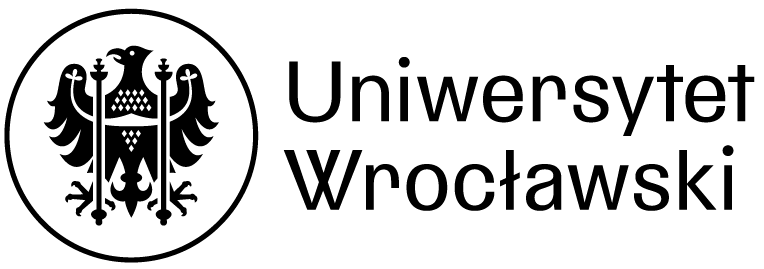Sexual Offences
The aim:
1. In this course, students will explore a range of sex crimes to understand types of offenders and ways in which their behaviours can be modified.
Upon completion of this course the student will have reliably demonstrated the ability to understand Polish penitentiary system, including:
– conditions which contribute to sexual offending
– common characteristics of sexual offenders and sexual offences
– list of sexual offences according to Polish Penal Code and actual statistics
– childhood backgrounds for sexual offending
– sexual offenders treatment
– victims of sexual assault
– sex Offenders Register
– world’s most dangerous sex offenders
2. Moreover student will be able to:
– explain how sexual offenders justify their behavior
– explain how to stop sexual offenders from offending
– point facts and statistics about sex offending
– describe psychopaths, sociopaths
– understand typology of multiple homicides
– understand issues related to paraphilia, paraphilic disorders, consent and the cycle of sexual offending
3. Student will explore the criminal justice system:
– what sanctions are available for sexual crimes
– and what issues prisons are facing when it comes to sexual offenders.
Acquired knowledge:
1. Student understands crimes against sexual freedom and decency/ morality, knows characteristics of sexual offenders and sexual offences and can explain motivation of such criminals.
2. Student understands the concept and facts of paraphilia and paraphilic disorders, knows the list of sexual offences accroding to polish law. Student understands how treatment of sexual offenders looks like and can explain what else can be done to support that treatment.
3. Student understands how sex offenders register works, knows basic regulations related to that mechanism of control.
Acquired skills:
1. Student can name types of sexual offences, common characteristics & behaviors of sex offenders and victims of sexual crimes. Student is able to explain prevention measures related to sexual offences.
2. Student identifies tyologies related to sexual crimes, knows how to define sex offenders and can explain MacDonald Triad construct.
3. Student is able to point childhood background of sex offending and theories of compulsion (need to kill) based on relations with parents. Student can name some of World’s most dangerous sex offenders.
Acquired social skills:
1. Student can describe sexual offender’s population, advantages and disadvantages of their treatment. Student knows developments in the law of sexual offences in comparative perspective.
2. Student can explain and critically analyse the policy and doctrinal approaches underpinning such developments is able to make proposals for further reform of that issues.
3. Student knows basic definitions like: paraphilia, paraphilic disorders, rape and other sexual offences. Student develops communication and personal effectiveness skills by presenting thoughts about world’s most dangerous sex offenders.
Course contents:
1. Conditions which contribute to sexual offending, the list of sexual offences according to polish penal law, basic definitions
2. Childhood- backgrounds for sexual offending, MacDonal Triad, The Dark Triad, theories of compulsion (need to kill) based on childhood
3. Common behaviors and characteristics of sexual Offenders and victims of sexual crimes, the diversity of perpetrators and victims
4. World’s most dangerous sexual offenders and their criminal activity
5. Paraphilia, paraphilic disorders, the consent, the age of consent and the cycle of sex offending
6. Effectiveness of treatment for sexual offenders, sexual offender’s treatment programs
7. Prevention of sexual violence, prevention strategies
8. Actual data, facts and statistics about sex offending
9. Typologies of sexual murderers, sexually motivated homicides
10. Serial killers, psychopaths and sociopaths, key theories and concepts associated with rape and child sexual abuse
11. Helping victims of sexual crimes and rehabilitating sexual offenders
12. Criminal justice system responses to sexual offending
Recommended reading:
1. Sexual Homicide, Ressler Robert K. ,Douglas J. , Heafner Horace J, Free Press. 1995
2. Prawo karne wykonawcze , Hołda Z., Hołda J., Migdał J., Żórawska B., Wolters Kluwers. Warszawa 2021
3. Sexual Offending: Cognition, Emotion and Motivation, Gannon. T. A. , Wiley-Blackwell. 2017
Additional reading:
1. Violent and Sexual Offenders: Assessment, Treatment and Management, Ireland J., Ireland C., Birch P., Routledge. 2019
2. The Wiley Handbook of What Works with Sexual Offenders: Contemporary Perspectives in Theory, Assessment, Treatment, and Prevention, Proulx J., Cortoni F., Craig A., Letourneau E. J., . 2020
